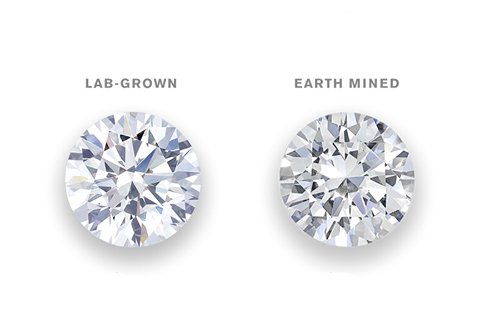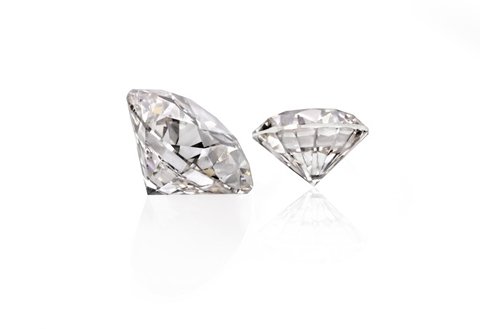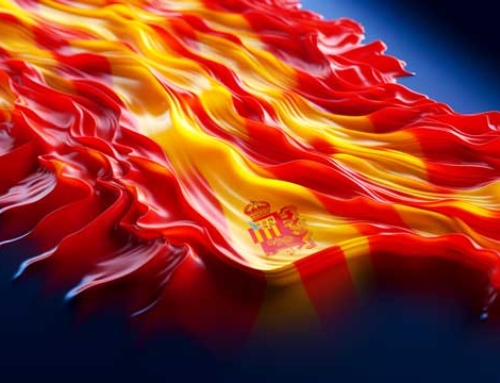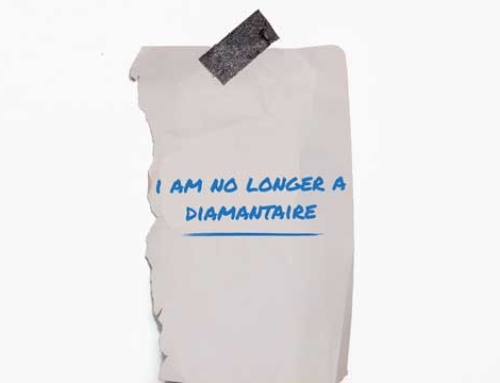Lab Grown Diamond a threat to the natural diamond industry?
The fact that there have not been major headlines screaming at the market about undisclosed synthetics recently doesn’t mean it’s not happening. Rather, Joseph Kuzi, director of Diamond Services, a synthetics testing facility, warns the phenomenon is widespread and rising as technology advances and production of lab-grown diamond increases. That means the trade has to raise its awareness of the issue if it is to protect the future of the natural diamond industry.
“I recognized the problem of non-disclosure when I started studying synthetics in 2011. Now it’s an epidemic. Unless the industry finds a solution we’ll follow the path of pearls, with a flooding of synthetic goods to the market which will depreciate the value of natural diamonds. It’s no longer a matter of consumer confidence; it’s now a question of value. Consumers won’t be able to understand the value of the diamond they’re buying.”
China
“I always feared the day when there will be overproduction in China, the largest producer of synthetics for industrial purposes. I believe we’ve reached that point. What they’re doing for industrial is different to what is required for jewelry, but it means they’re gaining knowledge to raise production of gem-quality synthetics.
I buy samples from new growers to make sure our machines can respond to the new supply and technologies used to produce them. Two years ago, it was easier to keep track of suppliers, but now there isn’t a week that goes by without an offer for goods from a new company, mostly in India.
The diamond industry is a very small part of the synthetics story. All the top universities are researching the subject, exploring the possibility that diamonds will be applied in transistors. The special qualities of a diamond suggest it can enable us to transfer data at the speed of light and with unlimited terabytes of memory.
So the jewelry niche is very small but it is vulnerable as production increases and technology to produce synthetics improves.”
Industry in denial
“There’s a lack of understanding about synthetics. When we introduced our detection machines in 2013, the industry was basically in denial. People would say synthetics are being grown only in specific categories and won’t affect them since they don’t deal in those goods. But, we’ve seen synthetics with D to M color, VVS to I1 clarity, in all shapes and sizes.
Companies need to test all their stock. Doing random checks or sampling is not enough because it’s not a full-proof method. We’ve had samples of 100 pieces where we found synthetics in four pieces and we’ve had cases where 50 percent of the goods were synthetic.
Chow Tai Fook was the first to really show interest and understand all stock must be tested. Now, companies in the U.S. are starting to come on board with that idea.

The U.S. is a massive market, but it’s also very vulnerable because of its reliance on memo – short-term supply to a retailer where payment is conditional on the final sale. People are losing control with the memo business.
We had a case where a client, who only deals in synthetics, sent us goods for verification. We found there was a stone that was not reading as synthetic and it turned out to be natural. That diamond was probably sent out on memo and inadvertently swapped with a stone with the same color and clarity. Now, you have a jeweler with a synthetic stone and the synthetics guy with a natural stone.
This probably happens all the time. You have to test before and after the diamond is sent out on memo if you genuinely want to guarantee your supply is clean. There’s no other way.”
Machines to Detect Lab Grown Diamond
“At Diamond Services we developed a machine that can detect synthetics with no limitation on size, shape, or whether it’s testing rough, polished or mounted jewelry. The machine is one out of five or six working stations we set up in the facility enabling us to provide final results.
Growers have become more sophisticated and their machines are improving. It takes a lot of training and understanding to know what to look for. It’s not a ‘yes or no’ answer. The machine operators have to analyze what they see, whether it’s the fluorescence, phosphorescence, or if it’s pictures from the spectrometer. Sometimes it’s a combination of factors.
I realized the best way to genuinely cover all bases is to offer a service. By doing so, we give a final answer whether a stone is natural or synthetic. We don’t refer for further testing. We take on full liability and risk for the verdict we provide.”
Message to the trade
“Know what you’re selling. Test all your stock, whether it’s new supply coming in or goods returning from memo. You have to genuinely be able to tell a customer what you’re selling is natural.
We haven’t seen a major U.S. lawsuit just yet, but it will come. And, it will be a rude awakening for the industry because consumer awareness will increase and people will say they’re not touching either product.
That’s why full disclosure is also in the interest of synthetic suppliers. Unfortunately, I don’t see an effort on their part to raise awareness about non-disclosure. They also need people to understand that synthetics may have the same properties as natural diamonds, but it’s a different product.
In general, companies need to realize that as long as it takes to build their brand, it can take one undisclosed lab grown diamond of 0.01 carats to destroy it.”






